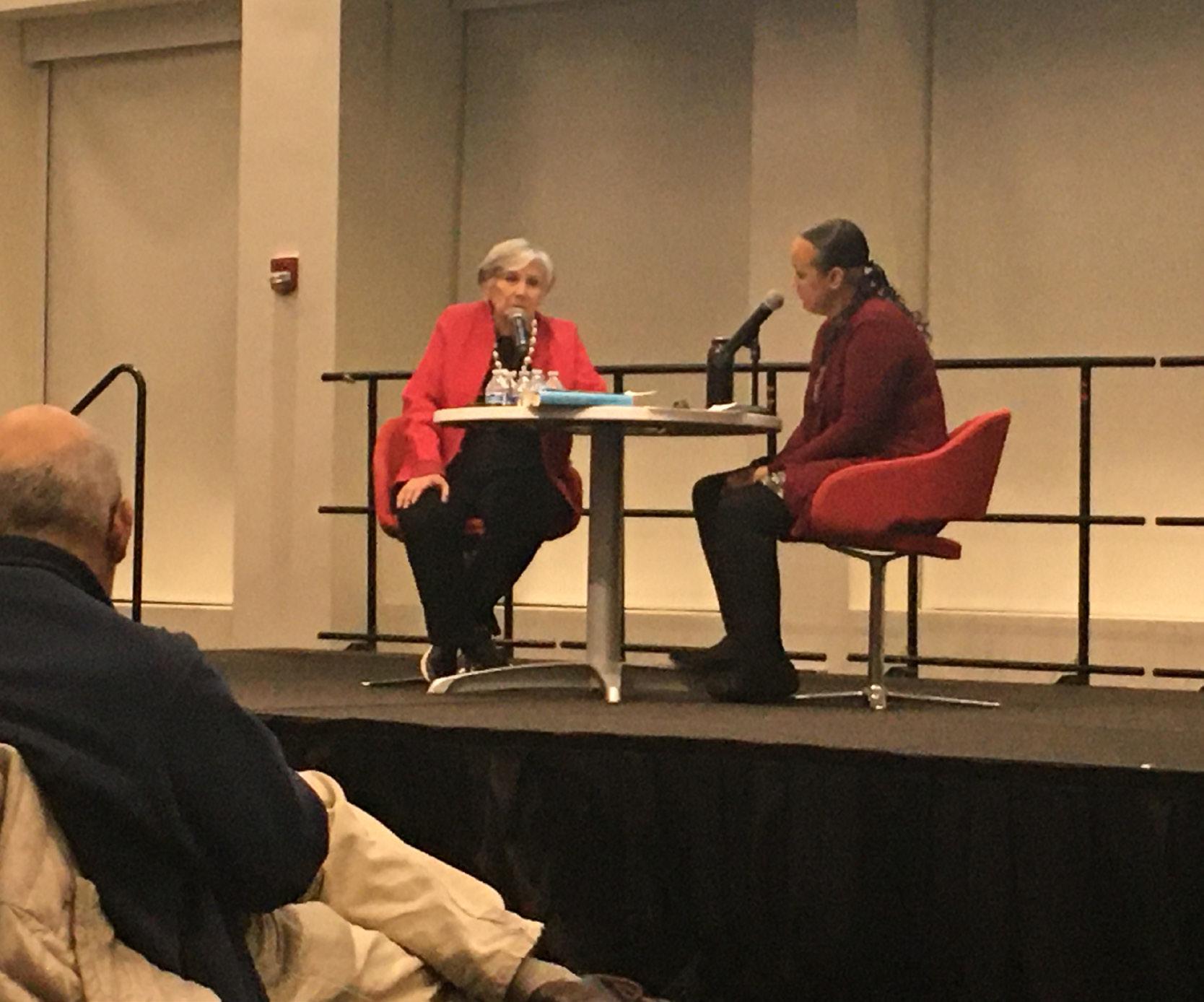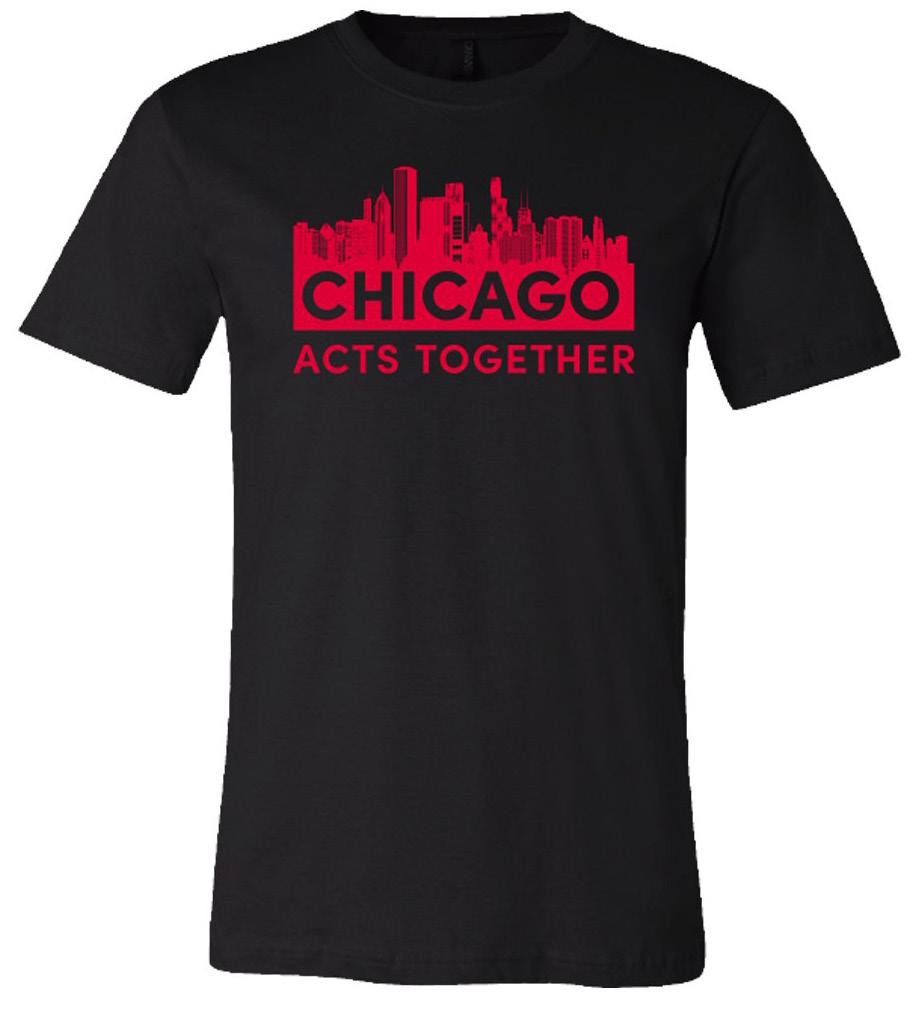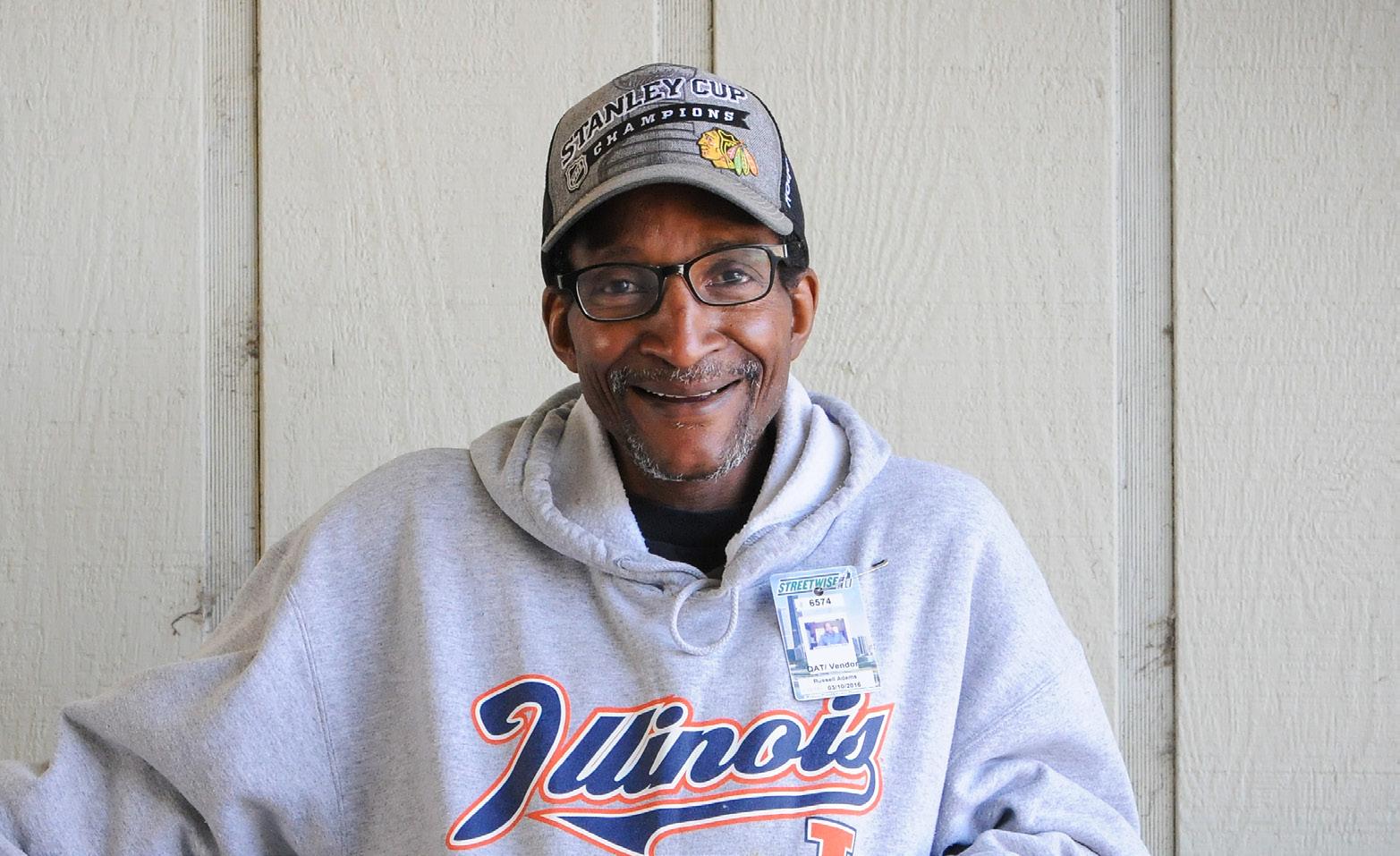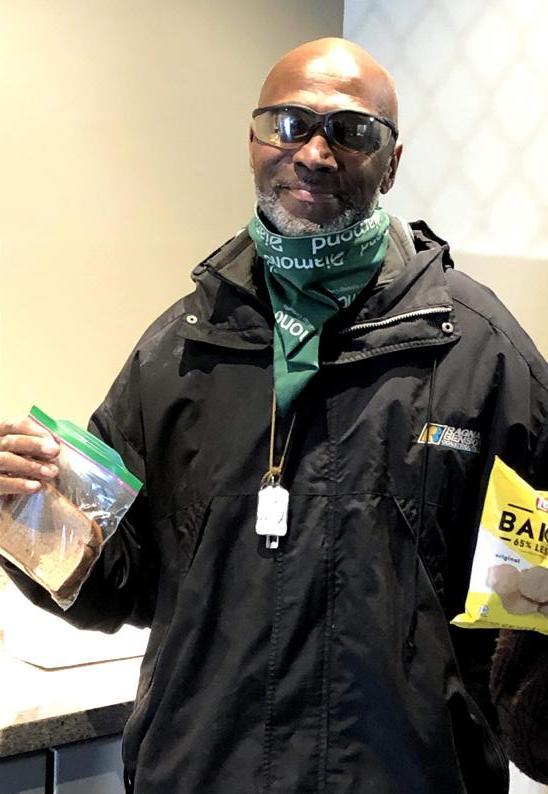Life After Service:
Support For Homeless Veterans by Suzanne Hanney, Lee A. Holmes assisting
C
says that homeless veterans are recent combat survivors hiding out from society, but in Chicago, they are primarily African-American men over age 50 combatting structural poverty, racism and a lack of affordable housing.
onventional wisdom
The latest figures show 530 homeless veterans, of whom 417 are over age 45. The largest number (221) are age 5665, followed by 104 more age 46-55, and 92 over age 66. There are also 37 homeless women vets, both single and with children, typically in their 30s and 40s, post Persian Gulf-era. Only seven vets are age 18 to 25. The data comes from the Chicago Dashboard to End Homelessness, which showed similar figures in mid-December. Among 608 vets, 456 were over 45: 232 were age 56-65, 121 were 46 to 55 and 103 were over 66. The reason Chicago’s Ending Veterans Homelessness Initiative (EVHI) can identify vets by age is a centralized database, with a single, “by-name” list, says Jessica Smith, senior program manager with CSH, which is the lead entity for the federally mandated coordinated entry system. EVHI’s centralized database has led to a 28 percent reduction in veterans experiencing homelessness since 2015, according to a June 2018 report by All Chicago: Making Homelessness History, which aligns the 91 agencies working to end homelessness in the city. “EVHI can be credited with significant silo-busting,” says the report. That’s because the by-name list allows the veterans’ housing team -- which includes the mayor’s office, All Chicago, the Jesse Brown Veterans Administration medical center and staff from emergency shelters and other housing programs -- to discuss veterans across the board, even in programs that are not their own. In addition, funders provide housing resources that can be used by all agencies. Before, veterans were calling around to various programs on their own, trying to find the right fit.
The American and POW/MIA flags are centerpieces of the VSF table, which provides a wealth of information on not only federal veterans' benefits, but help from local government and other agencies. Vendor Lee A. Holmes interviews Marvin Gardner, vice commander of Veterans Strike Force (VSF), a volunteer-led service organization at the Jesse Brown VA Medical Center. (Suzanne Hanney photos)
Chicago veteran homelessness is not for lack of money, said Abraham House-el, program coordinator at Featherfist, which has five veterans’ programs in Chicago and whose program has the navigator for EVHI. “One of the hardest things I do there at Featherfist is spend the money given to us by the Veterans Administration,” House-El said. “Everyone that’s in need of help doesn’t necessarily want it. Chronically homeless veterans that are sleeping around on the streets in tent cities, when our Featherfist folks approach them, they want nothing to do with our people. Sometimes we have three or four conversations before we can even get a name. Sometimes doing an assessment is next to impossible. There’s also a number of veterans that have mental health challenges that make it impossible on their own to get to organizations. That’s where a system navigator would come in.” There have been increased capacities for navigators, who set up appointments for a vet to see a housing unit and who help with transportation, documents, emotional support and education around leasing an apartment, Smith said. Afterward, the navigator is someone the vet can call for support if there is an issue with the unit, or if they want to pursue other goals like employment training or financial literacy. “It’s not like we place them in a unit and are never heard from again,” she said. “The goal is always housing retention, identifying folks who need help before someone is at risk of housing loss.” Chicago began conducting the federally mandated Point in Time (PIT) count each January, rather than every other year, in an effort to find homeless veterans. This year, the system was in place to identify vets; a couple of them were found during the count at shelters and connected to housing providers, Smith said. During the outdoor count, volunteers found a couple more people who identified as veterans. However, they did not meet VA eligibility guidelines: at least one day of active duty without a dishonorable discharge. People can apply for a discharge status upgrade, particularly if the discharge was years ago, because the VA is now being more transparent, Smith said. In addition, people who served in the reserves or the National Guard but who are not called to active duty are ineligible for VA benefits, even though they count as veterans on the by-name list. Service providers seek civilian services for them, perhaps Supple-










